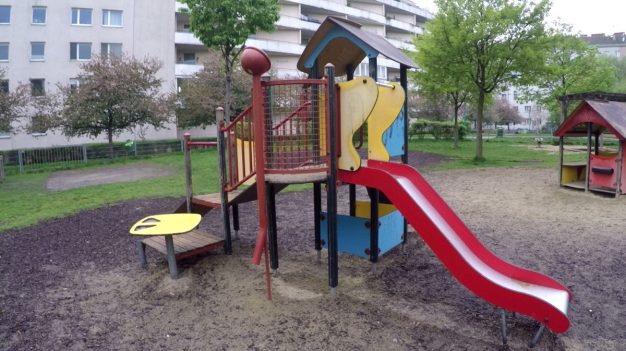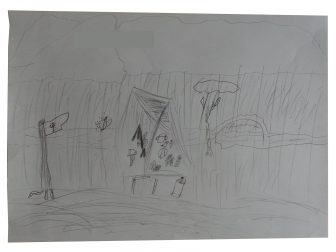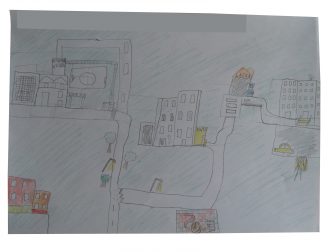
Can a child participate? Defining participation boundaries in urban planning
It is not common practice to engage children into planning process. From the point of view of the researcher, however, the very fact that children are often ignored makes their perspective structurally very important. They are an intrinsic part of human society and each of them has a unique experience and a particular contribution to make. They are often taken for granted because it is considered that they do not have what it takes to participate in making decisions, such as qualifications. Thus, their physical and psychological needs are frequently overlooked, with negative consequences for their development.
Children aged 8-10 have shown the most concern about urban environment
Still, from the research point of view children are seen as intelligent, relevant and suitable to contribute in
planing within their community. In fact, research shows that children are capable individuals and credible clear speakers. They can represent ideas about their surroundings very clearly, with much detail when describing their immediate environment. They are skilful in graphical interpretation and in explaining their ideas.
As a part of my PhD thesis topic at the Vienna University of Technology I am engaged in research with school children aged 8-13, focused on one school in one urban neighbourhood in Banjaluka, Bosnia and Herzegovina, and two schools in one urban neighbourhood in Vienna, Austria.
221 children have participated in research on the importance of natural and built environments in their neighbourhood!
221 child participants were questioned through a series of tasks and interviews about the importance of natural and built environments in their neighbourhood. The research included children with disabilities and children with different religions and ethnic backgrounds. Younger children aged 8-10 are more serious when approaching tasks. Their drawings include more details and colours and they are more interested in their environment than the older children. Here are drawings from a boy and girl aged 9 (click for a larger view):
Planning an urban neighbourhood is not just as simple as it seems and it would be misleading to write that the only person responsible for planning is the urban planner. The ideal would be to spend some time in the community environment, and to speak with older people, children and young people together.
Children grow more confidence and responsibility when participating in urban planning
By engaging in planning children learn to value what they are surrounded with and they see the potential in their surroundings. If acknowledged and appreciated, children’s participation can help boost their confidence and responsibility in their later life. Respect toward animals and plants should be built into environmental awareness of a child. Freedom of choice in children ́s life should be encouraged. They should be able to know the difference between built and natural environments, and to know the origins of plants, because they might grow up without ever being in nature or knowing what nature is. A sense of belonging to community and peer communication may contribute to engaging children in outdoor activities and healthy societal development.
Author: Dajana Rokvic
Photo Credit: photo by Dajana Rokvic
Interested in hearing more about this topic? Join us at the Child in the City Conference in Ghent, Belgium on the 7-9th November!






